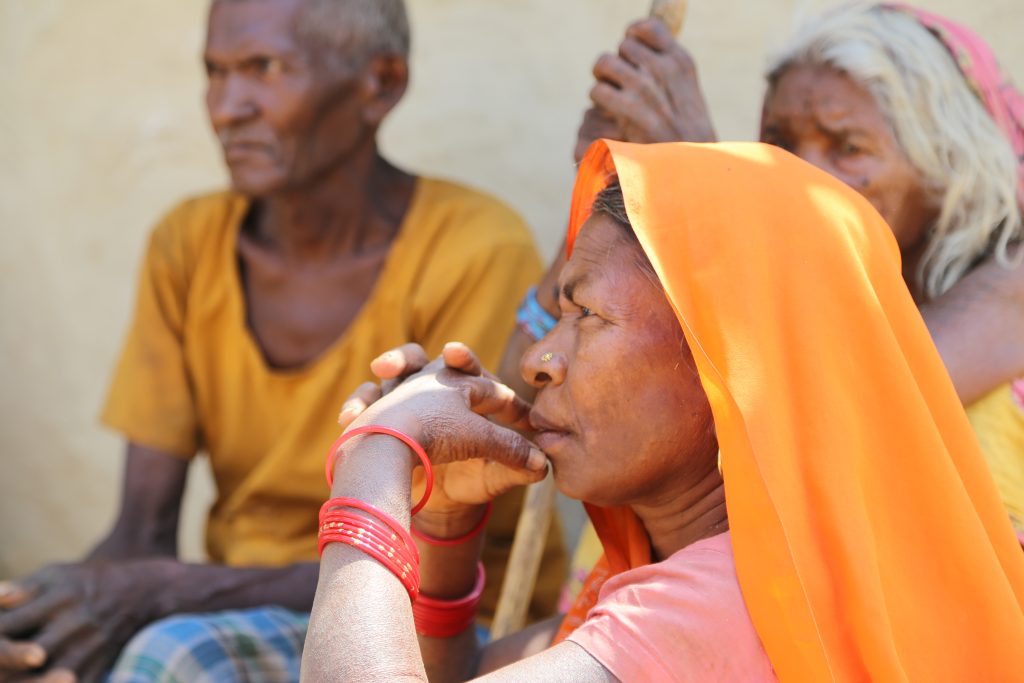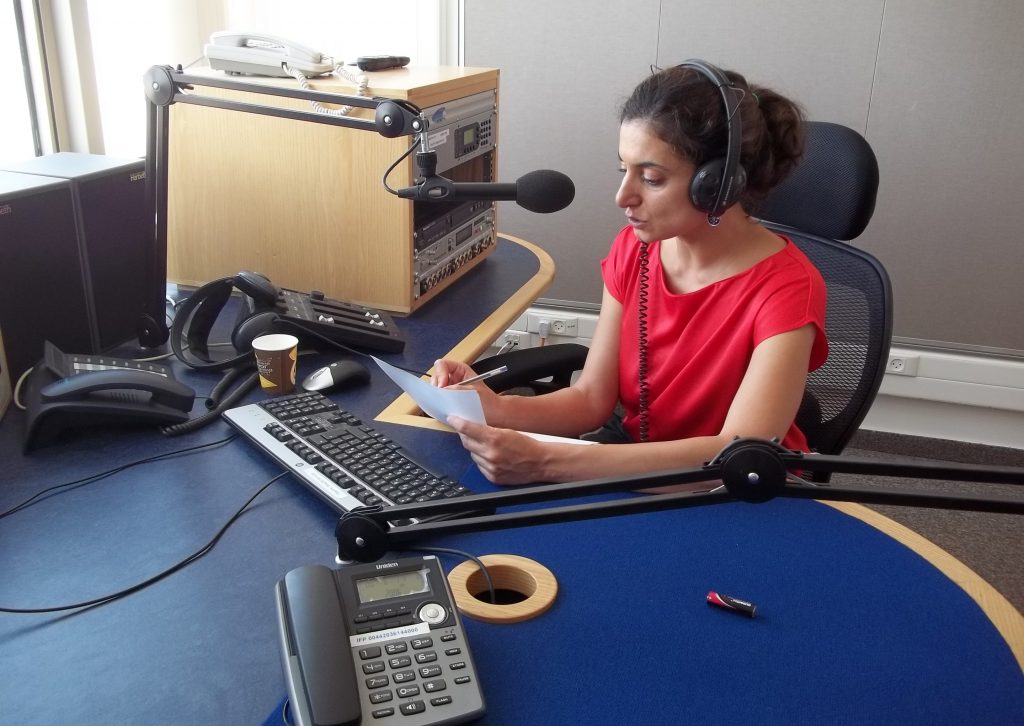Deprecated: explode(): Passing null to parameter #2 ($string) of type string is deprecated in /home/genderandmedia/public_html/wp-content/plugins/wp-viral-quiz/wp-viral-quiz.php on line 563
Menu
TV shows, radio programmes and the internet can influence gender norms and equality in many ways – both positive and negative.
The media have an impact on how gender can:
• shape the expectations individuals face,
• affect people’s ability to get information, and
• determine whether someone can freely voice their views in public.
Gender blind projects (taken to include programmes) don’t take into account how men and women’s roles and needs might differ. At best, they maintain the status quo. But sometimes they can even deepen inequality between men and women.

Gender sensitive projects consider – and work towards accommodating – men and women’s different roles and needs.
For example, the team behind a gender sensitive radio drama would assess how the programme might affect women and men differently. They would actively consider how they could ensure the scheduling, content and presentation style could be adjusted to ensure that both women and men wanted (and were able) to tune in, that the programme addressed issues that mattered to both men and women and that the depiction of men and women in the drama was not discriminatory.

Gender transformative projects aim to challenge the root causes of inequalities between men and women, going a step further than gender sensitive initiatives. They do this by tackling discriminatory norms and stereotypes about how different genders are supposed to behave or look.
Projects might also address other factors underlying unequal gender relations, such as parents not letting their daughters go to school and discriminatory property laws.

You’re running a project to inform young people about how to vote in the upcoming elections. You’re thinking of only distributing the content through Facebook, as over half of young people have accounts with the site.
Q: How do you ensure your project is gender sensitive?
You find out that 75% of Facebook users are male. Your research also shows that young women regularly listen to the radio, are not as literate and are less likely to understand the electronic voter registration process than their male peers.
Q: What changes do you make in light of your findings?
Your project is now gender sensitive.
Q: How do you make it gender transformative?
Your analysis shows that some women are prevented from voting by their husbands. Others say they don’t know enough about politics to cast their vote. You also discover that some young men in cities think it isn’t cool to vote.
Q: How could you address these issues through your project?
You research how young men and women consume information in the country you’re working in. You look into which media platforms they prefer and what complexity of content they can understand. You would find out what issues matter to both women and men.
Some examples of what to do in response:
These were just some ideas of how to make projects gender sensitive and transformative. The solutions you pursue will depend on your project aims and where you’re working. Your analysis shows that there’s never a definitive solution to these types of challenges.